-
Posts
15,785 -
Joined
-
Last visited
Content Type
Events
Forums
Downloads
Quizzes
Gallery
Blogs
Posts posted by geovalin
-
-

Heritage protection PDAfter a tragic lightning strike at Angkor Wat left three dead and dozens injured, Cambodian authorities have announced plans to bolster protection across the ancient site — with a veritable forest of lightning rods soon to rise among the stone towers.
Deputy Prime Minister and Minister of Defence, General Tea Seiha, who now seemingly doubles as Cambodia’s chief weatherproofing inspector, visited the Angkor Archaeological Park on 17 May. Accompanied by a task force, the general strolled through the temple complex to assess where additional lightning rods should be installed — presumably while glancing nervously at the sky.
According to officials, many rods are already in place, but coverage remains incomplete — notably along tourist walkways where visitors tend to linger, and, tragically, where the lightning struck last week. The storm, which hit just before 5 p.m. on Friday, claimed the lives of local photographer Dop Srop and two female tourists. Their deaths have sent ripples through Cambodia’s tourism sector, which is only just regaining its footing post-pandemic.
The response has been swift, if slightly belated. The Apsara National Authority (ANA), which oversees the park, and local engineers have now prioritised the installation of additional protection at high-footfall temples. So yes, Angkor’s 12th-century marvels will soon be sporting 21st-century accessories — not quite the restoration work the original builders had in mind.
Yet, curiously, no official statement has been issued by either the ANA or the central government — though one suspects the silence is less strategic and more the bureaucratic equivalent of being caught in the rain without an umbrella.
Meanwhile, humanitarian support has arrived for the victims’ families. The Cambodian Red Cross delivered aid to Srop’s relatives, including rice, krama scarves, a box of noodles, and five million Riel — practical comforts for an event utterly lacking in consolation.
As lightning and limestone continue their uneasy dance, Cambodia’s cultural guardians are racing against the clouds. Angkor’s stones have stood for centuries. Let’s hope the new rods will help ensure its visitors can, too.

-2025-05-21
-

KT Chor KuntheaCambodia today commemorated one of the darkest chapters in its history — 50 years since the Khmer Rouge began its brutal regime that led to the deaths of around 1.7 million people.
Thousands gathered at Choeung Ek, a former “killing field” near Phnom Penh, to honour victims of the genocide that unfolded between 1975 and 1979. Student performers staged re-enactments of atrocities once carried out on the site, now a stark memorial marked by mass graves and skull-lined shrines.
“It was extremely cruel and barbaric,” said Nhem Sovann, 71, who lost six family members to the regime and was herself forced into gruelling farm labour. “When I come here, it reminds me. I will never forget.”
The Khmer Rouge, led by Pol Pot, seized power on 17 April 1975 and emptied cities, pushing millions into the countryside to work in collective farms under catastrophic conditions. What followed was a reign of starvation, torture, and mass executions — wiping out nearly a quarter of the population.
For younger Cambodians, the Day of Remembrance — previously known as the National Day of Hatred — serves as both a memorial and a lesson. Art student Pen Kunthea, 23, whose uncle died during the regime, said she was haunted by what she learned. “I feel scared,” she said. “I don’t want that regime to happen again.”
The Khmer Rouge were ousted in 1979 by Vietnamese forces, but it took nearly two more decades before the group was fully dismantled. Senior leaders have since been convicted of crimes against humanity, though many survivors say justice came too late.
Prime Minister Hun Manet, speaking on Tuesday, urged the country to safeguard the peace it now enjoys. “We must not forget this bitter past,” he said, adding that remembrance is vital to ensuring history is never repeated.
Half a century on, the scars of the Khmer Rouge era remain etched into Cambodia’s national identity — a reminder of how swiftly a nation can descend into darkness, and how crucial it is to remember.

-2025-05-21
-

© Zar Pann Phyu
More than a month after a powerful 7.7 magnitude earthquake struck Myanmar on March 28, communities in Inle Lake, southern Shan State, are still grappling with widespread destruction and loss.
The lake’s traditional stilt-house villages were especially vulnerable—up to 90% of homes in some areas were damaged or destroyed. Many residents, like Ma Thazin, describe terrifying experiences as their homes collapsed into the water. Some families now live in tents, boats, or crowded shelters on dry land. Access to clean water, housing materials, and boats remains limited, and with the rainy season approaching, the risk of floods adds further urgency to rebuilding efforts.
Ma Thazin and her husband barely escaped their collapsing home and now live apart from other family members due to overcrowding and safety concerns. The high cost of reconstruction—around $14,000–$19,000 USD per wooden house—and rising prices for boats and materials have made recovery especially difficult. The emotional toll has been immense. “We do not know how to start over again,” said Ma Thazin, who has faced multiple disasters in the past three years.
Daw May Lwin, another Inle Lake resident, was thrown into the water when a tower collapsed while she was washing clothes. She struggled to escape through thick mud and debris but survived. Her 89-year-old paralyzed mother was trapped alone during the quake. Their two-story house was badly damaged, and their floating vegetable farm—vital to their livelihood—was destroyed. The family now lives with relatives in a damaged but reinforced house.
Many villagers remain traumatized, suffering from insomnia, anxiety, and physical ailments. “I couldn’t speak or eat properly for 20 days,” Daw May Lwin shared. She now cares for her mother full-time, unable to restart farming.
Doctors Without Borders (MSF) is supporting four villages around the lake, distributing bamboo, wood, nails, and other essentials to help build temporary shelters. Despite these efforts, the needs remain urgent, especially as communities brace for monsoon season. For those who have lost homes, farms, and family unity, the path to recovery remains uncertain.

-2025-05-20
-
 1
1
-
-

Myanmar’s military regime is expected to form an “interim government” in July, ahead of long-delayed general elections tentatively scheduled to begin in December, a source in Naypyidaw has revealed.
The move would coincide with the expiry of the current state of emergency on 31 July, which has been extended repeatedly since the junta seized power in February 2021. Though it remains unclear whether another extension will follow, insiders suggest the junta is likely to install a new governing structure in a bid to pave the way for elections.
According to the source, who spoke to Mizzima on condition of anonymity, discussions within the ruling National Defense and Security Council (NDSC) point to a shift toward a more “civilian-looking” administration, though one still firmly under military control.
At a meeting of the ruling Military Council in March, junta chief Min Aung Hlaing confirmed that elections would be held in four phases across December 2025 and January 2026. It is widely expected that the formation of an interim government will serve to bolster the regime’s legitimacy ahead of that timeline.
Political analyst Than Soe Naing said a partial civilian façade could emerge. “Min Aung Hlaing may appoint others as president or prime minister, while retaining his role as Commander-in-Chief,” he told Mizzima.
Currently, Min Aung Hlaing holds the titles of Prime Minister and Chairman of the State Administration Council, and assumed the role of acting president in July 2024 following the ill health of then-acting president Myint Swe.
The junta continues to operate under the 2008 Constitution, which allows the military considerable influence through the NDSC. However, since the 2021 coup, most civilian figures — including elected President Win Myint and the NLD leadership — remain detained or in exile.
Meanwhile, the parallel National Unity Government (NUG), which opposes the junta and includes deposed lawmakers, continues to call for a return to democracy and international recognition.
Though the proposed interim government may present itself as a step towards elections, critics view it as a manoeuvre to entrench military rule under a more acceptable guise — while armed conflict and political repression persist across the country.

-2025-05-20
-

KT - Chor SokuntheaCambodia has surpassed global expectations by reaching over 95% household electrification, with nearly every village now connected to power — years ahead of World Bank projections. But as access grows, questions remain over the quality and affordability of service.
The announcement came during a ceremony marking the 20th anniversary of the Rural Electrification Fund, where Electricité du Cambodge (EDC) officials celebrated the leap from just 10% electrification in 2000 to over 95% today. "Even in flood-prone areas, solar systems are ensuring electricity access," said EDC’s Praing Chulasa.
Minister of Mines and Energy Keo Rottanak credited Cambodia’s progress to decades of peace and political stability. He praised the leadership of former Prime Minister Hun Sen and current PM Hun Manet for enabling long-term planning. Power generation has expanded 25-fold, reaching 5,360 megawatts, of which 3,600 MW is stable and continuous.
However, beneath the milestone lies a more complex picture. While EDC touts nearly universal coverage, residents in areas like Meanchey district and parts of Pursat report frequent outages and high electricity prices. Some zones still rely on private operators, whose service is often patchy and expensive. “Sometimes there’s no power for half a day,” said Leng Sopheaktra, a small business owner in Phnom Penh. “We need affordable, reliable electricity — not just access.”
The government is working to address these issues. A $150 million subsidy was allocated in 2023 to keep tariffs stable, though EDC still posted a $130 million loss. To modernise the grid and improve efficiency, EDC has launched a digital transformation with backing from France’s AFD and the EU. Goals include cutting energy loss and integrating more renewable sources.
The broader challenges remain significant: rising demand, weak planning capacity, and financial strain on the state utility. While Cambodia's electrification journey is a clear success story, ensuring reliable, equitable, and sustainable energy for all Cambodians is the next chapter yet to be written.

-2025-05-20
-

MoTRuili Airlines has restarted its weekly direct flights between Wuxi, China and Cambodia’s coastal Preah Sihanouk province, marking a major step forward for post-pandemic tourism recovery.
The first flight landed on Sunday at Preah Sihanouk International Airport, carrying 126 Chinese tourists. Greeted with a traditional Chhay Yam dance and a welcome ceremony led by local authorities, the visitors were the first to arrive on this revived route since it was halted due to Covid-19.
Cambodia’s Ministry of Tourism hailed the move as a significant boost to both the national economy and diplomatic ties. “This is an important step for the country’s tourism and economy,” said Tourism Minister Huot Hak, noting the potential benefits for both leisure and business travellers.
China has emerged as Cambodia’s third-largest source of foreign visitors, following Thailand and Vietnam. In 2024, nearly 850,000 Chinese tourists visited the Kingdom — a 55% rise from the previous year. Authorities are optimistic that figure will top one million in 2025, helped by strong bilateral relations and ongoing promotional efforts under the ‘Year of Tourism’ partnership.
Cambodia Airports, which operates the Sihanoukville hub, described the resumption as a milestone in restoring air links. The Wuxi–Sihanoukville route is serviced by a Boeing 737-800 and is expected to enhance regional accessibility.
Chinese Ambassador Wang Wenbin also welcomed the development, calling it beneficial for both tourism and cross-border business.
As Cambodia continues positioning itself as a rising destination in Southeast Asia, the revival of direct flights is seen as a key step towards reinvigorating its coastal tourism hotspots — with Sihanoukville, once quiet during the pandemic, now firmly back on the map.

-2025-05-20
-

Natogyi forces
Myanmar’s military junta has been forced to abandon a key station on the China-backed oil and gas pipeline in Mandalay Region after a wave of coordinated resistance attacks, in a major escalation of anti-regime operations targeting strategic infrastructure.
On Thursday, resistance fighters launched simultaneous assaults on junta positions guarding the pipeline in Natogyi, Taung Tha, Myingyan and Ngazun townships. The most significant clash took place at an off-take station near Natogyi, where around 80 regime troops were stationed. Several soldiers were killed and one detained, while resistance forces suffered at least one casualty, according to local sources.
The junta deployed Chinese-made Y12 aircraft and fighter jets to defend the area, forcing the resistance to temporarily retreat. However, when fighters returned on Friday, the base had been deserted, with two bodies reportedly left behind.
“The station was abandoned. It’s a major blow to the junta’s control of the pipeline,” a resident told local media.
The Chinese pipeline network, which channels oil and gas from the Bay of Bengal through Myanmar into China’s Yunnan province, is one of Beijing’s most valuable energy lifelines. Its security has become increasingly fragile amid Myanmar’s intensifying civil conflict.
Resistance forces also attacked the nearby Wetlu police station, prompting regime airstrikes. Though they retreated initially, resistance groups returned the next day to resume assaults. Additional clashes in Myingyan Township resulted in the deaths of six resistance fighters in airstrikes, while junta positions in Taung Tha and Ngazun were targeted by drone and ground attacks.
In Ngazun, aerial bombing raids killed at least three civilians and injured five others, resistance groups reported.
Thursday’s attacks mirror a similar coordinated operation in August 2024, when resistance groups seized two pipeline guard posts. Analysts say these strikes reflect a strategic effort to disrupt the junta’s access to critical energy infrastructure and undermine its relationship with China.
While Myanmar’s military retains air power, its ground forces continue to lose territory to a growing alliance of resistance groups, raising questions about its ability to maintain control over key economic corridors.

-2025-05-19
-

NMN
Thousands of workers at a major Adidas supplier in Yangon have gone on strike demanding a liveable wage, as Myanmar’s garment sector faces mounting unrest over stagnant pay and soaring inflation.
Since Wednesday evening, around 4,000 employees at Tsang Yih Shoe Factory in Hlaing Tharyar Township have staged a sit-in, calling for their daily wage to be raised from just 5,200 kyats—less than £1—to 12,000 kyats, a figure they say reflects basic living costs.
“We waited and waited for someone to help us, but nothing changed. So we took action ourselves,” said one woman at the protest, who asked to remain anonymous.
Factory management responded by promising a decision within five days, but workers rejected the delay and were threatened with dismissal for unauthorised absence. Tsang Yih, which began operations in 2014, is one of Adidas’s largest footwear suppliers in Myanmar.
Labour tensions are rising across the country. The Federation of General Workers Myanmar (FGWM) says more strikes are likely next month as more workers begin demanding wage hikes. In April, a similar strike saw demands met within a day—only for organisers to be sacked shortly after.
Since Myanmar’s military coup in 2021, labour rights have sharply deteriorated. Complaints often go ignored, and union activity is routinely suppressed. Some employers are reported to pay bribes to the junta to quell strikes, and dozens of workers have been fired for organising or participating in protests.
The official minimum wage has remained frozen at 4,800 kyats since 2018, despite the cost of living nearly tripling. A nominal daily allowance introduced by the junta in 2023 and increased in 2024 is inconsistently applied, leaving many workers far below subsistence levels.
A recent survey by the Solidarity Trade Union of Myanmar (STUM) found that workers need between 12,000 and 17,000 kyats per day just to afford essentials like food, housing, and transport.
As inflation continues to spiral and wages lag ever further behind, Myanmar’s garment workers are reaching a breaking point—while global brands like Adidas face renewed scrutiny over labour conditions in their supply chains.

-2025-05-19
-

Cambodian environmental journalist was detained without a warrant on 16 May by plainclothes military officers, in what press freedom advocates are calling a grave escalation of state harassment against independent reporting.
The 49-year-old journalist for online outlet Eagle News was taken to the military police headquarters in Stung Treng province, just days before he was due to appear in court over an assault complaint—ironically filed by one of the men who attacked him in March.
Ouk Mao had been investigating illegal deforestation when he and two colleagues were allegedly assaulted by a group of three men, including a former police officer. Footage shared by the journalists showed the attackers initiating violence, yet no action was taken against them.
Instead, the former officer filed a counter-complaint, and authorities reportedly told Ouk Mao to delete the evidence.
The arrest is part of a troubling pattern. Ouk Mao has faced at least 14 legal complaints—many linked to his reporting on environmental crimes and corruption. He was previously indicted in August 2024 for “incitement to violence” and, in a bizarre twist, for “deforestation” after publishing reports on illegal logging by Lin Vatey, a mining company with ties to the military.
Reporters Without Borders (RSF) condemned the arrest, calling it “arbitrary” and part of a “severe judicial harassment” campaign. “The Cambodian authorities are clearly attempting to shield illegal deforestation networks by targeting those who expose them,” RSF said, urging the government to release Ouk Mao immediately and guarantee protection for journalists.
The case has sparked wider fears about press freedom in Cambodia, where independent journalists investigating land issues and environmental abuses often face threats, surveillance, and prosecution.
With court proceedings looming and no clear legal basis for his detention, Ouk Mao’s case is shaping up to be a test of Cambodia’s commitment to transparency and the rule of law.

-2025-05-19
-

MPWT
Cambodia’s tallest bridge, a striking new landmark in Pursat province, officially opened to the public on 15 May, marking a major milestone in the country’s infrastructure development.
Known as Bridge No. 28, the towering structure spans the Stung Russey Chrum River along National Road 10 in Veal Veng district. Standing 90 metres high and stretching 537 metres in length, the bridge offers sweeping views of the surrounding green forests and tranquil waters—earning it instant appeal as both a transport link and a scenic attraction.
Speaking after the launch, Ministry of Public Works and Transport (MPWT) spokesman Phan Rim confirmed the bridge’s construction is now “100% completed,” with full public access granted. Visitors are welcome to stop, take in the views, and photograph the striking landscape from the bridge’s 15-metre-wide central viewpoint.
Beyond its visual charm, the bridge is expected to deliver serious economic benefits. By linking remote regions to national trade routes, it will dramatically cut travel times and lower transport costs. Deputy Prime Minister Sun Chanthol highlighted the strategic impact during a visit in April, noting that the bridge enables direct travel between Battambang and Koh Kong without detouring through Phnom Penh—a shortcut that shaves off 306 kilometres. The route between Pailin and Koh Kong is also cut by 372 kilometres.
Constructed by China Road and Bridge Corporation (CRBC), with technical oversight by Guangzhou Wanan Construction Supervision Co Ltd, the project was fully funded by Cambodia’s national budget. It stands as a symbol of the government’s ongoing investment in infrastructure, regional connectivity, and economic development.
Bridge No. 28 is more than just a feat of engineering—it’s a new gateway to the west, designed to boost tourism, trade, and ties between provinces.

-2025-05-19
-

Yeam Leat, NBC
Cambodians can now make cashless payments in Thailand, Vietnam, Laos, and Malaysia using their national currency, the Khmer Riel (KHR), marking a significant step in the country’s push for regional financial integration and currency independence.
The announcement came from Yim Leat, Deputy Governor of the National Bank of Cambodia (NBC), during a ceremony in Kratie province commemorating 45 years since the reintroduction of the Riel. The initiative is part of a broader strategy by the NBC to promote the national currency and digital payments, especially through the Bakong and KHQR systems.
“At present, cross-border payments can be made in Riel simply by scanning QR codes—no need for US dollar conversions,” Leat stated, highlighting the growing ease and security of regional transactions.
The Bakong system, Cambodia’s blockchain-based payment infrastructure, enables digital transfers, payments, and withdrawals both locally and across ASEAN borders. The KHQR code platform, launched in July 2022, has further streamlined cross-border payment capabilities, linking Cambodian users with partner banks and merchants in neighbouring countries.
The central bank hopes the initiative will reduce reliance on the US dollar and boost confidence in the Riel, which has long played second fiddle in a heavily dollarised economy. Public outreach campaigns, such as the recent one in Kratie, aim to increase understanding and adoption of the Riel in everyday transactions, particularly through digital platforms.
The NBC is also updating its banknotes, issuing new bills to match economic growth and replace worn currency, reinforcing both functionality and security.
Cambodia’s cross-border QR payments signal not just technical progress but a deeper regional financial integration—with the Riel at its core.

-2025-05-19
-

Cambodia has officially entered China’s booming durian market, aiming to rival Southeast Asian heavyweights Thailand, Vietnam, and Malaysia in a bold push to export one of its most prized fruits.
The move follows China’s green light in late April to begin importing Cambodian durians that meet strict food safety regulations. This breakthrough comes after a diplomatic boost from President Xi Jinping, who signed a broader trade deal with Phnom Penh earlier that month. The door is now open—but whether Chinese consumers will bite remains to be seen.
Thailand currently dominates durian exports to China, commanding over half the market with its popular Monthong variety. Vietnam trails not far behind, while Malaysia has carved out a premium niche with its Musang King. Cambodia, by contrast, is a newcomer without the same brand recognition or market history.
“Cambodia is still building its reputation,” said Lim Chin Khee of Malaysia’s Durian Academy. “It doesn’t yet have the clout of the established players.”
Yet, experts say Cambodian durians—particularly the Ah Khak variety—are not without potential. Some Chinese consumers are eager to explore the new flavour profile, while others remain cautious, unsure of what to expect. “I’d want to understand it better before changing my usual brand,” said Zhao Yu, a Shanghai-based durian fan.
Behind the scenes, Chinese investment and technical support are helping Cambodia raise its cultivation standards. As more ASEAN countries meet China’s import requirements, the variety and competition in the durian aisle are intensifying.
This trade expansion also plays into a broader strategy. Following years of US-China tariff tensions, Beijing has accelerated efforts to deepen ties with ASEAN nations. In fact, ASEAN is now China’s largest trading partner—accounting for 16.6% of its trade in early 2025.
While durian exports alone won’t rebalance China’s hefty US$12 billion trade surplus with Cambodia, analysts say it’s a meaningful step. “It’s a small but symbolic move,” said Carl Thayer of the University of New South Wales.
For Cambodia, the fruit may well be spiky—but the economic opportunity is anything but.

-2025-05-19
-

MatichonA ritual ceremony at Cambodia’s famed Angkor Wat ended in tragedy yesterday evening when a lightning strike killed three people and injured more than ten others. The incident, which took place around 5:00 p.m. at the UNESCO World Heritage site in Siem Reap Province, occurred as locals and visitors gathered for a ceremonial event.
According to initial reports, the deceased and injured included individuals from Phnom Penh, Kampot, and the surrounding region. Emergency services responded swiftly, with victims transported to nearby hospitals for treatment. The names of the deceased have not yet been released.
The lightning bolt struck during a sudden storm while the group was performing the ceremony within the temple complex — widely considered the spiritual and cultural heart of Cambodia. The temple attracts millions of tourists annually and is a key pillar of the nation’s identity.
As news of the incident spread online, much of the public response focused not on the tragedy itself but on its potential effect on Cambodia’s tourism industry. Many Cambodian internet users took to social media urging news outlets and online pages to delete the story, concerned it might deter foreign visitors already nervous about travel safety.
The backlash underscores a growing tension between transparent reporting and national image, particularly in countries heavily reliant on tourism. While officials have yet to issue a formal statement, local authorities are expected to review safety protocols for future public gatherings at the site.
The temple remains open to visitors, though the mood around Angkor Wat today is one of shock and mourning.

-2025-05-17
-

Cambodia’s annual Royal Ploughing Ceremony has heralded a promising agricultural season, after oxen consumed rice, corn, and soybeans—symbols of abundance in traditional Khmer belief.
Held on 15 May in Kampong Chhnang city, the centuries-old ritual was presided over by King Norodom Sihamoni and overseen by a Brahman priest from the Royal Palace. After ceremonial ploughing, oxen were released to choose from seven offerings: rice, soybeans, corn, wine, water, grass, and sesame. Their strong preference for rice (95%), corn (95%), and soybeans (80%) led the priest to predict favourable yields for these key crops in the coming season.
The Royal Ploughing Ceremony, celebrated each year during the month of Visak, marks the official start of Cambodia’s planting season. Rooted in tradition and spiritual guidance, it also functions as a vital signal to farmers across the country that the time to sow has arrived.
Senate President Hun Sen, who attended the event alongside National Assembly President Khuon Sudary and Prime Minister Hun Manet, took to social media to mark the occasion. “This ceremony reminds us of the beginning of the planting season and offers hope for a prosperous harvest,” he wrote.
The ritual took place at Preah Sre Field in Kampong Chhnang City Stadium and featured an exhibition showcasing agricultural tools, local produce, and handicrafts ahead of the 2025 farming season. Kampong Chhnang Provincial Governor Sun Sovannarith played the symbolic role of Sdech Meak, with his wife Phat Sophany as Me Hua.
While modern weather forecasting has long supplemented traditional methods, the ceremony remains deeply embedded in Cambodia’s cultural identity. With the oxen offering optimistic signs, hopes are high for a fruitful year in the Kingdom’s vital agricultural sector.

-2025-05-16
-

Two Cambodian peacekeepers serving with the United Nations in South Sudan were fatally shot on Tuesday, in an incident that has cast a sombre shadow over the country’s proud record in international peacekeeping.
The victims, identified as Doung Magaly and Phat Muny of the Royal Cambodian Armed Forces' 872nd Battalion, were stationed at the UN Mission in South Sudan (UNMISS) base in Malakal — a volatile region in the country's northeast. The shooting occurred within the compound, according to UNMISS spokesperson Priyanka Chowdhury, who confirmed that an investigation is underway but did not provide further details.
The deaths have prompted a wave of national mourning in Cambodia. Former Prime Minister and current Senate President Hun Sen issued a letter of condolence, praising the fallen soldiers for their “unwavering dedication” and calling their deaths a loss not just to their families, but to the nation.
Prime Minister Hun Manet echoed those sentiments, describing the two men as courageous and morally upright individuals who had brought honour to the Kingdom through their service under the UN flag. “Their selfless contribution represents a significant part of Cambodia’s commitment to global peace,” he wrote.
General Tea Seiha, Cambodia’s Minister of National Defence, also paid tribute, calling their sacrifice a reflection of “profound love for their homeland” and a powerful testament to Cambodia’s solidarity with international peace efforts.
Cambodia has been an active contributor to UN peacekeeping operations since 2006, with nearly 10,000 troops deployed to missions in conflict zones including Sudan, Syria, Lebanon and Mali. Tuesday’s tragedy marks one of the most serious incidents involving Cambodian peacekeepers in recent years.
As investigations continue, the deaths of Magaly and Muny serve as a stark reminder of the dangers peacekeepers face daily, and the enduring cost of Cambodia’s commitment to global stability.

-2025-05-16
-

CDC
Cambodia and the United States have moved a step closer to a new trade agreement, following three days of talks in Washington that both sides described as “frank and constructive”.
A draft deal is now on the table, with a second round of negotiations scheduled for early June in the US capital, according to a press release from the Cambodian government on Thursday.
The talks were led by Sun Chanthol, Cambodia’s Deputy Prime Minister and First Vice-Chairman of the Council for the Development of Cambodia, and Sarah Ellerman, the US Assistant Trade Representative for Southeast Asia and the Pacific.
Cambodia, under Prime Minister Hun Manet’s leadership, reaffirmed its commitment to building a balanced economic partnership with Washington. Officials also held discussions with US Senator Tammy Duckworth, signalling a broader diplomatic push to improve bilateral relations.
The negotiations come at a tense moment. In April, the US imposed tariffs on Cambodian exports, citing trade imbalances and regulatory concerns — a blow to Cambodia’s vital manufacturing sector. Though the tariff was later eased to 10 percent for a 90-day period, pressure remains high for a long-term resolution.
Hong Vanak, an economist at Cambodia’s Royal Academy, described the draft agreement as a “tangible outcome”, but warned that the final deal is likely to come with political strings attached. “The US appears to be using tariffs to influence smaller nations like Cambodia to align with its geopolitical interests,” he said.
He also noted that the delay until next month may reflect further demands from the Trump Administration, requiring careful consideration from Phnom Penh.
As both countries prepare for the next round of negotiations, the stakes are high. Cambodia is keen to secure fairer trade terms, while the US appears set on leveraging its economic weight in pursuit of broader strategic goals.

-2025-05-16
-

Three major Japanese firms are pulling out of a Myanmar port project linked to the country’s military, sparking calls for a transparent and responsible exit that prioritises human rights.
Kamigumi, Sumitomo Corporation and Toyota Tsusho confirmed this week they have begun the liquidation process and are preparing to withdraw from the Thilawa Multipurpose International Terminal, located in Thanlyin Township, Yangon. The terminal is operated in partnership with the Ever Flow River Group — a company tied to the military-owned conglomerate Myanma Economic Holdings Limited, which is under international sanctions.
The move follows pressure from civil society organisations in both Myanmar and Japan, who sent letters in March asking whether human rights due diligence had been conducted since Myanmar’s 2021 military coup. They also raised concerns about the port’s future after the junta-appointed Myanma Port Authority selected a new long-term operator.
While the companies promised to support employees during the transition, they have offered no clear explanation of how they will prevent project revenues or assets from benefiting the junta. Activists warn that an opaque exit could inadvertently fund further abuses by the military regime, which has intensified airstrikes since a deadly earthquake struck the country on 28 March.
Critics also took aim at Japan’s government-backed agencies involved in the project. NGOs accused the Japan Overseas Infrastructure Investment Corporation (Join) of lacking public accountability and said Nippon Export and Investment Insurance (Nexi) failed to address human rights risks, focusing instead on environmental impact.
“The military has continued to commit atrocities,” said Yadanar Maung of Justice for Myanmar. “Opaque exits that don’t respect human rights risk fuelling those atrocities.”
Campaigners are now urging all stakeholders — including Join, Nexi and the three departing companies — to disclose how they intend to prevent complicity in Myanmar’s ongoing crisis. Without full transparency, critics argue, Japan’s business disengagement risks falling far short of international human rights standards.

-2025-05-16
-

In a dramatic turn tied to Myanmar’s ongoing political crisis, the country’s former ambassador to the UK, Kyaw Zwar Minn, has been charged with trespass after refusing to vacate his official London residence.
The 66-year-old diplomat will appear before a London court on 30 May, the Metropolitan Police confirmed on Wednesday. He faces a charge of diplomatic trespass, following a protracted dispute that began in April 2021 when allies of Myanmar’s ruling military junta seized control of the embassy in central London.
Minn had openly supported the civilian government of Daw Aung San Suu Kyi, which was ousted by a military coup in February 2021. In retaliation, the junta stripped him of his position, barring him from entering the embassy. Despite this, Minn reportedly remained at the ambassadorial residence, asserting his loyalty to Myanmar’s elected government.
The former Conservative government in the UK voiced support for Minn at the time. Then-Foreign Secretary Dominic Raab condemned what he called “bullying actions” by Myanmar’s military regime and praised Minn’s “courage” for standing against them.
Minn’s legal team maintains that the property belongs to the Union of Myanmar and that their client has been willing to hand over the keys — but only to a legitimate representative of the country’s democratically elected leadership.
The 2021 coup triggered a brutal internal conflict, displacing more than a million people and straining Myanmar’s ties with Britain, its former colonial ruler.
It remains unclear whether Minn is still residing at the contested property, but the legal proceedings suggest a deepening of the diplomatic fallout from a coup that continues to reverberate globally.

-2025-05-16
-
 1
1
-
-

CINCDS
YANGON, 15 May 2025 — As battlefield losses mount, Myanmar’s military junta is increasingly turning to its air force to maintain control, launching strikes that have devastated civilian areas and underpinned a campaign of fear from the skies.
Following the 2021 coup, the military initially held back from using air strikes, believing ground troops could swiftly quash resistance. But as ambushes and retreat became routine, junta chief Min Aung Hlaing gradually loosened control over the air force—transforming it into the regime’s most lethal and unrestrained tool.
At first, air support was tightly restricted. Regional commanders had to submit requests through a convoluted chain of command, often stalling under Min Aung Hlaing’s personal delays—particularly during religious ceremonies. Even urgent appeals, like one from Vice Senior General Soe Win, were left hanging as bases fell in the interim.
Eventually, decentralisation gave regional commanders authority to call in air strikes directly. Now, battlefield officers can request immediate aerial support, while major bombing campaigns require approval from the elite Joint Operations Command (JOC), led by Soe Win and top military brass.
The junta’s warplanes, including Yak-130s and Chinese-made JF-17s, now routinely pound towns in Rakhine, Kachin and northern Shan. In Sagaing, air raids resumed after resistance fighters took Indaw town. Even modified transport planes and paramotors are being used—dropping bombs by hand when purpose-built aircraft are in short supply.
Despite international sanctions, Russia and China continue to supply arms and aircraft, helping the regime maintain its air capabilities. Bombs are domestically produced at Ka Pa Sa factories, with major air operations launched from bases across the country, including Naypyitaw and Meiktila.
What began as a last resort has become the junta’s primary strategy: deny ground, inflict terror, and shift blame. As Myanmar’s skies grow deadlier, the human cost continues to rise—especially for civilians caught in the line of fire.

-2025-05-15
-
 1
1
-
 1
1
-
-

Labor Ministry
YANGON, 15 May 2025 — More than 40,000 Myanmar migrant workers have found their futures abruptly stalled after the junta barred those selected for military conscription from leaving the country, sparking widespread disruption and financial loss.
The sweeping travel ban, enforced under a bylaw introduced on 23 January, targets men awaiting military training. Despite passing medical exams and securing overseas employment, they’ve been ordered to stay put. The military regime has since suspended the issuing of Overseas Workers Identity Cards (OWICs) — essential documents for working abroad — without offering any clear justification.
“They had flight tickets to places like Japan and Thailand,” said one recruitment agency official. “The cancellations have cost more than $300,000.”
The halt in OWICs came shortly after the appointment of former ambassador Chit Swe as Labour Minister. On 14 February, his ministry paused all approvals under the pretext of reviewing procedures — a move that left both workers and agencies in limbo.
For many, the situation is personal and painful. “I had a job lined up in Thailand. Changing the ticket cost $50, but with no idea when we can leave, I had to cancel,” one stranded worker shared.
Even returning migrants are trapped. Those on home leave, previously able to reapply for OWICs with proof of remittances and employer consent, now face an opaque and ever-changing system.
Myanmar’s workers must remit 25% of their income through official channels at unfavourable rates and pay a 10% income tax, further disincentivising legal migration paths.
Sources close to the Myanmar Overseas Employment Agencies Federation (MOEAF) describe utter confusion within the ministry. “No one — not even directors-general — knows what’s going on. Decisions come directly from the top, without explanation.”
While the junta has barred most workers aged 18–35 from departing for Thailand, it sent 24 workers to Russia in March as part of a bilateral pilot project. Officials say more are expected to follow — raising alarm amid reports of foreign workers being conscripted into Russia’s war effort.
For now, tens of thousands remain trapped in uncertainty, caught between a militarised regime and the loss of economic opportunity abroad.

-2025-03-15
-
 1
1
-
-

CMAA, Hay, Ly Thuch, and the ambassadorSIEM REAP, 15 May 2025 — British support is transforming lives in Cambodia’s once-deadly landscapes, as UK officials hailed the progress of long-running demining efforts during a high-profile visit this week to Siem Reap.
Charles Hay MVO, Director for Southeast Asia and the Pacific at the UK’s Foreign, Commonwealth and Development Office, toured mine clearance operations by the HALO Trust near Kulen Mountain. He witnessed first-hand how formerly explosive-laden terrain has been turned into safe farmland and playgrounds for local children.
“Fields once deadly with explosives are now productive farmland,” said Hay. “The bravery of HALO’s deminers is extraordinary. Their work is bringing Cambodia closer to its goal of becoming mine-free by 2030.”
The UK’s Global Mine Action Programme (GMAP) has cleared over 151 million square metres of land across Cambodia since 2014, reaching nearly half a million people with risk education and helping over 600,000 individuals reclaim safe living and working spaces. Britain has invested around £60 million in demining efforts since 1993, with operations continuing into 2026.
Hay’s visit included talks with Senior Minister Ly Thuch of the Cambodian Mine Action Authority and Lieutenant General Uch Vantha. The focus: strengthening coordination and ensuring the UK’s support aligns with national priorities.
Beyond traditional aid, Britain is backing innovation. The “Minefields to Rice Fields” bond, launched in 2023 with £1.4 million in funding, has already cleared 7.6 million square metres of land in Preah Vihear province. More than 2,600 people now live and farm safely where mines once lay hidden.
The initiative is part of a wider effort to attract private investment into humanitarian mine action, with partners like APOPO seeking fresh backers to sustain momentum beyond 2026.
As a founding signatory of the 1997 Mine Ban Treaty, the UK’s commitment remains firm. Demining in Cambodia is not only saving lives—it’s also creating jobs, empowering women, and restoring dignity to survivors and those living with disabilities.
With continued international support, Cambodia’s mine-free ambition by 2030 is looking increasingly within reach.

-2025-05-15
-

KT SokuntheaPHNOM PENH, 15 May 2025 — Cambodia lit up in celebration yesterday as fireworks burst above the Tonle Sap River to honour King Norodom Sihamoni’s 72nd birthday, a national occasion that united citizens and leaders alike in tribute to the monarch’s enduring role as a symbol of unity and peace.
Hundreds gathered outside the Royal Palace in Phnom Penh, their faces aglow with colour and pride, as the night sky was set ablaze with pyrotechnics. The atmosphere was festive yet reverent, with cheers mingling with moments of quiet respect for the man many credit with upholding the nation’s harmony.
Leading figures, including Prime Minister Hun Manet and Senate President Hun Sen, praised the King’s quiet but influential presence in Cambodian society. Hun Sen described him as the “supreme symbol of national unity,” commending his commitment to peace, democracy, and the nation’s development.
Despite holding no executive power, King Sihamoni is widely respected for his moral leadership and diplomatic efforts. In recent years, he’s strengthened Cambodia’s global standing through visits to Japan, China, Vietnam, and France, while maintaining close ties with local communities at home.
“His Majesty has always been a guiding presence,” said 23-year-old Min Amin from Tboung Khmum province. “This year’s celebration was meaningful, but I hope future events will be even more welcoming, especially for international guests.”
Earlier in the day, the Union of Youth Federations of Cambodia held a blessing ceremony, offering prayers for the King’s health and longevity. Buddhist monks spoke of his legacy and compassion, noting how his work promotes Khmer unity and national identity.
For many, the King represents continuity—carrying forward the royal virtues of his father, King Norodom Sihanouk. Citizens like Moeung Ratana, a university student, highlighted his role in diplomacy, education, and cultural preservation.
As fireworks faded into the night, the sense of national pride remained. While largely ceremonial, King Sihamoni’s reign continues to resonate deeply with Cambodians, who view him as a steady figure in a rapidly changing world.

-2025-05-15
-

ILOMore than 3.5 million workers in Myanmar face severe disruption to their livelihoods following last month’s powerful earthquake near Mandalay, according to a new report by the International Labour Organization (ILO).
The 7.7-magnitude quake struck central Myanmar, a region already burdened by rising poverty and economic instability. Mandalay, the epicentre, had seen steep declines in industrial output and labour force participation even before the disaster.
Now, satellite and labour data compiled by the ILO estimate that the quake-hit region could be losing around $36.8 million in wages daily, translating to a staggering $9.6 billion in potential annual income if workers remain unemployed or underemployed.
The ILO’s brief urges swift action to address the unfolding crisis. With no national social protection system in place, millions are left exposed. Emergency cash aid is deemed essential, but the ILO also calls for employment programmes focused on debris clearance and rebuilding efforts. These, it insists, must uphold decent work standards and prioritise the most vulnerable, especially in conflict-sensitive areas.
“The response must be local, inclusive, and firmly rooted in dignity,” the ILO stated, highlighting the need for engagement with workers' groups, employers’ organisations, and community leaders.
The report also underlines the importance of implementing previous ILO recommendations regarding labour rights and protections, warning that long-term recovery hinges on broader reforms.
As Myanmar reels from one of its worst natural disasters in recent memory, the report paints a sobering picture—not just of shattered infrastructure, but of livelihoods on the brink.

-2025-05-14
-
 1
1
-
-

The Irrawaddy
Funerals have been held in Myanmar for at least 22 students and teachers killed in an alleged military airstrike on a village school, in one of the deadliest attacks on civilians since the army seized power in 2021.
The bombing struck Ohe Htein Twin village in Sagaing region on Monday, as more than 100 pupils attended lessons. Among the dead were children as young as seven. Dozens more were injured, many critically, according to local resistance groups and the shadow National Unity Government.
A resistance fighter speaking anonymously told the Associated Press that a student severely wounded in the attack later died, raising the death toll. He insisted there were no armed groups stationed in the village, contradicting any suggestion the site was a military target.
Sagaing, a centre of fierce anti-junta resistance, has suffered repeated airstrikes since the army began using jets to crush opposition. Armed resistance forces have no real defence against aerial assaults, and local groups accuse the military of deliberately targeting civilians.
State media denied any responsibility, calling reports of the bombing “fake news.” But the military’s history of restricting independent reporting and the remoteness of affected areas has made confirmation difficult.
Eighteen of the victims—most under ten—were buried just hours after the attack. With the village clinic overwhelmed, over 100 wounded have been moved to regional hospitals. Some have lost limbs.
Myanmar’s National Unity Government condemned the strike as a war crime, accusing the military of deploying cluster munitions and vowing to pursue legal accountability for those responsible.
The British government echoed international outrage. “Schools are meant to be places of safety, not targets,” said Catherine West, Minister for the Indo-Pacific. She urged the Myanmar military to halt airstrikes and protect civilians, especially in earthquake-affected areas where ceasefires had reportedly been declared.
Since the February 2021 coup, Myanmar has spiralled into conflict, with more than 6,600 civilians killed by security forces, according to watchdog estimates. Monday’s airstrike is a grim reminder that, despite calls for restraint, the war on Myanmar’s people shows little sign of ending.

-2025-05-14
-
 1
1
-



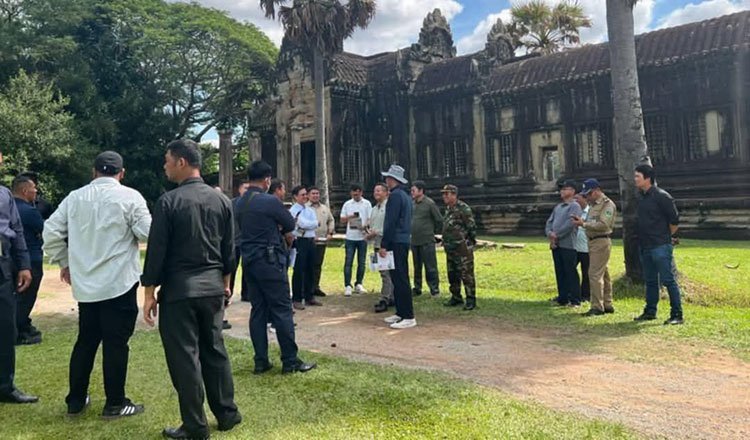

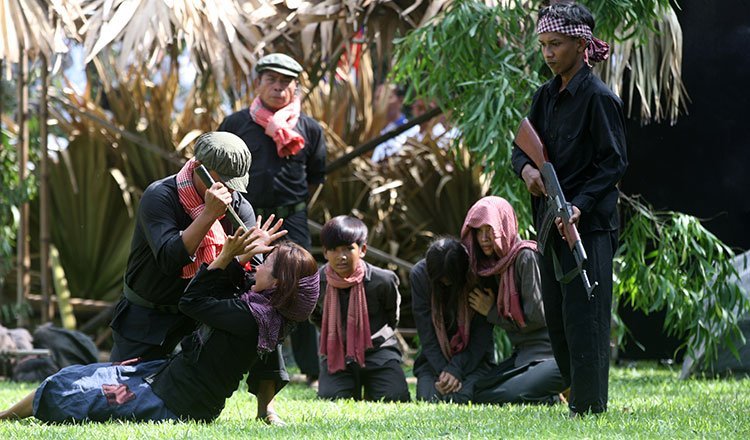

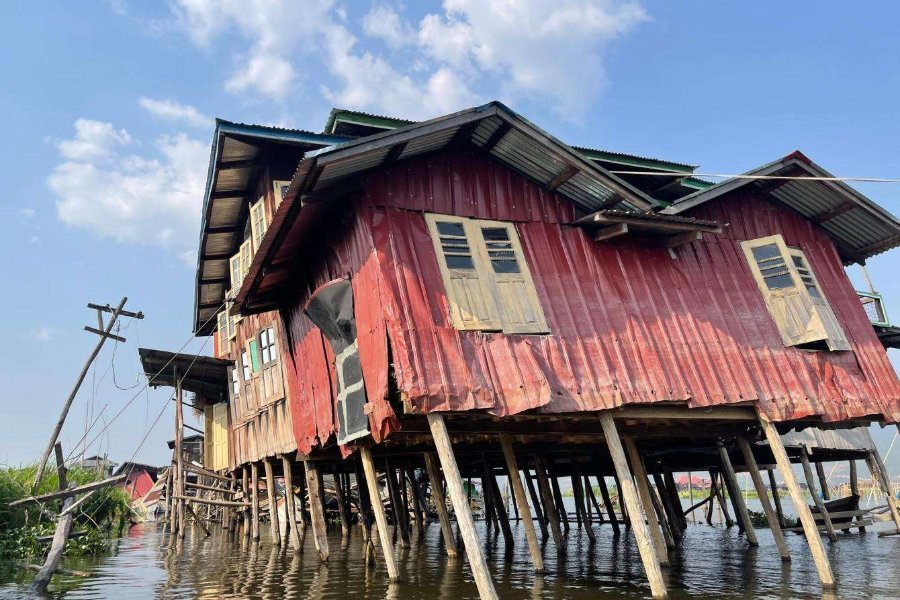

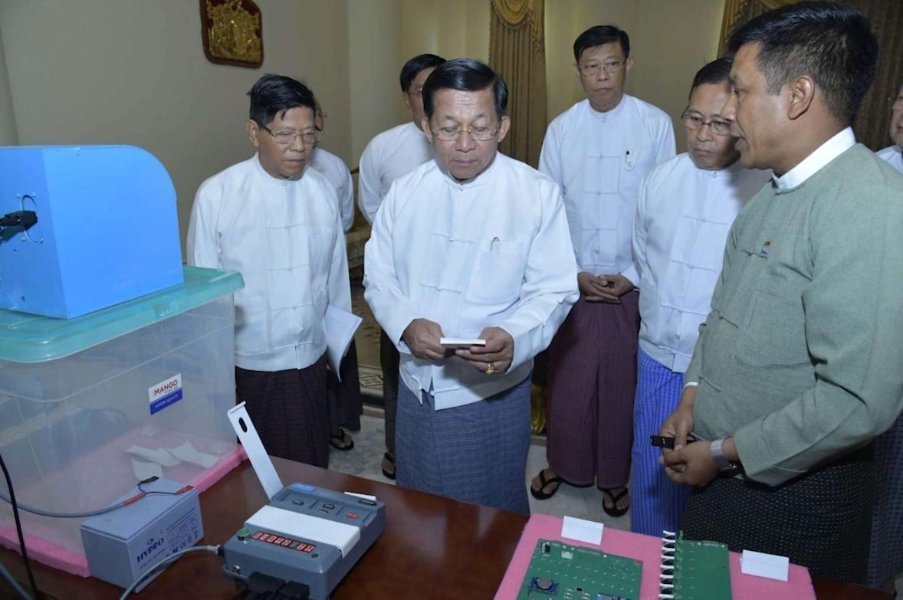

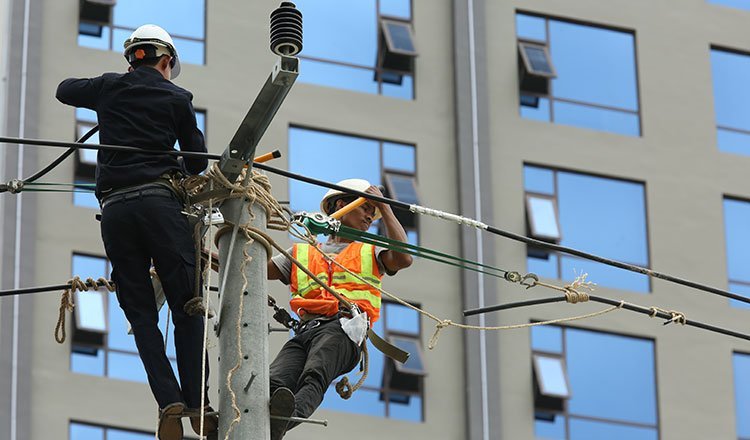



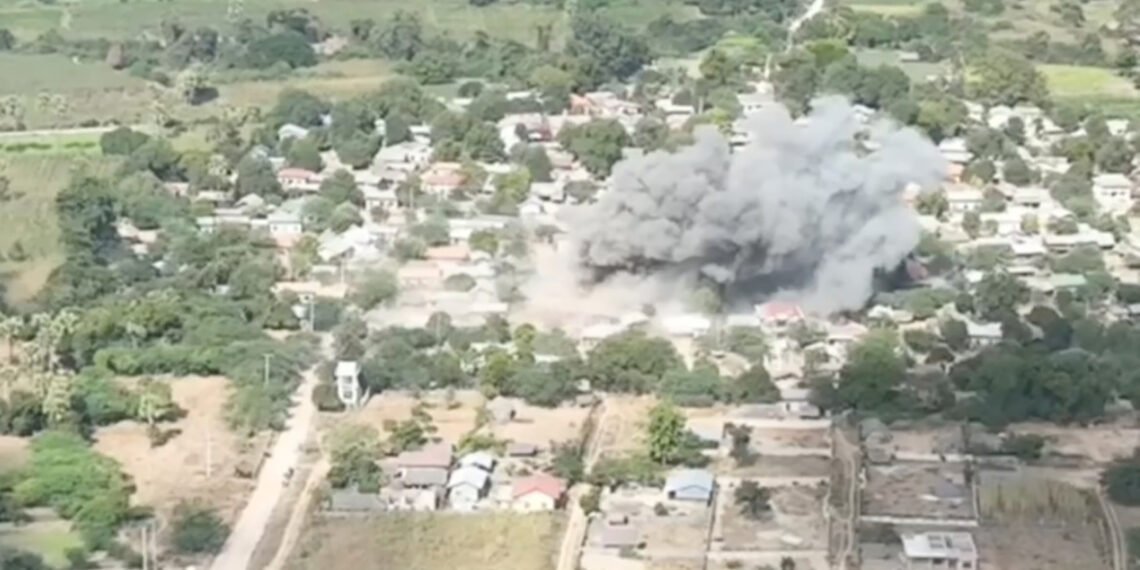

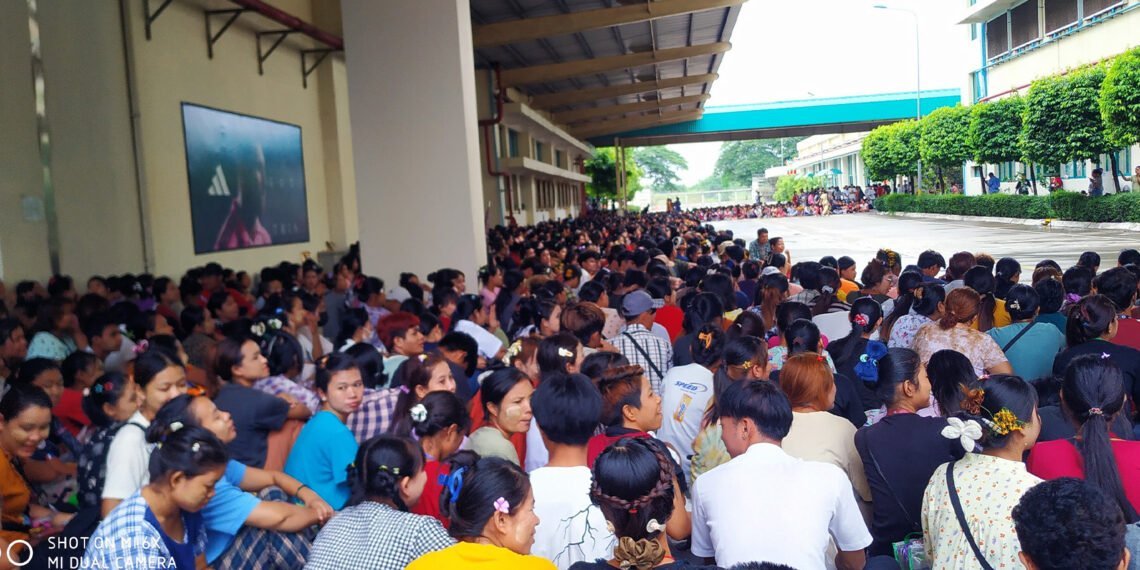

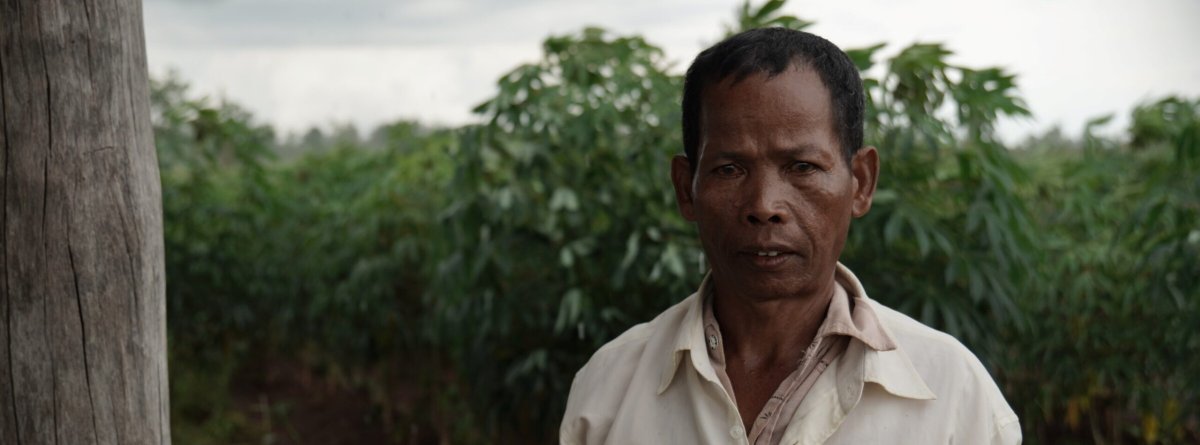

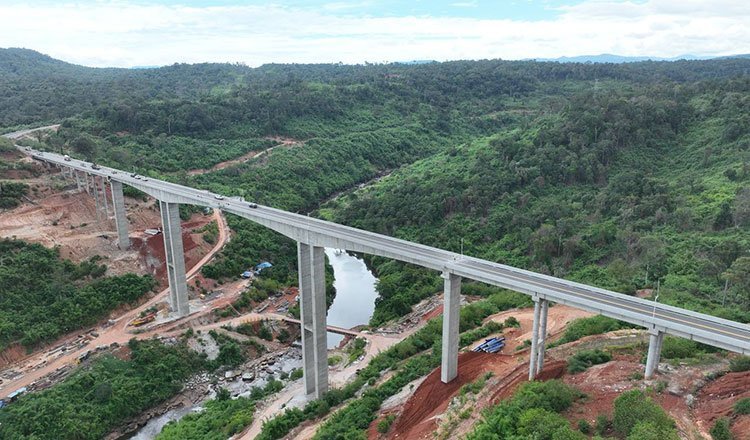

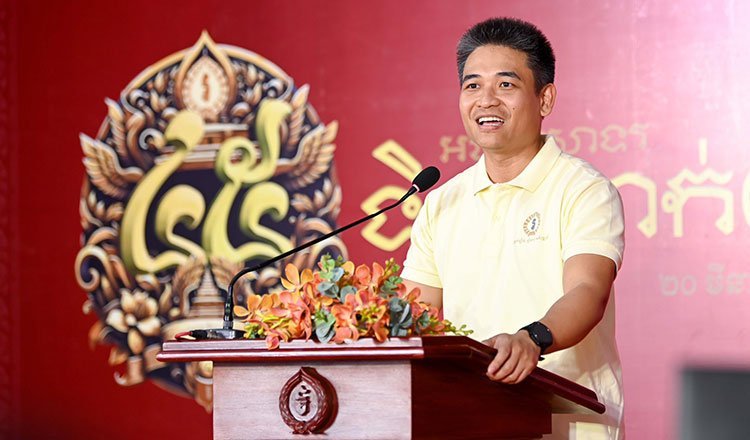

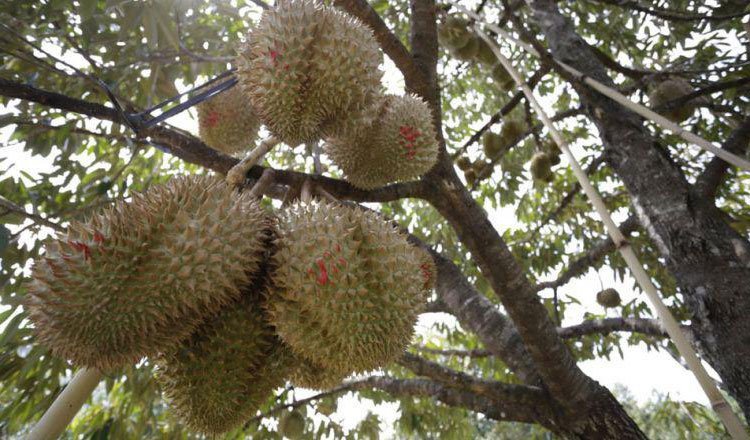

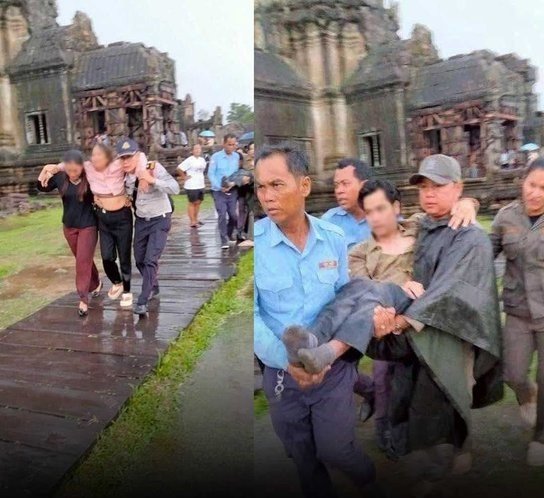

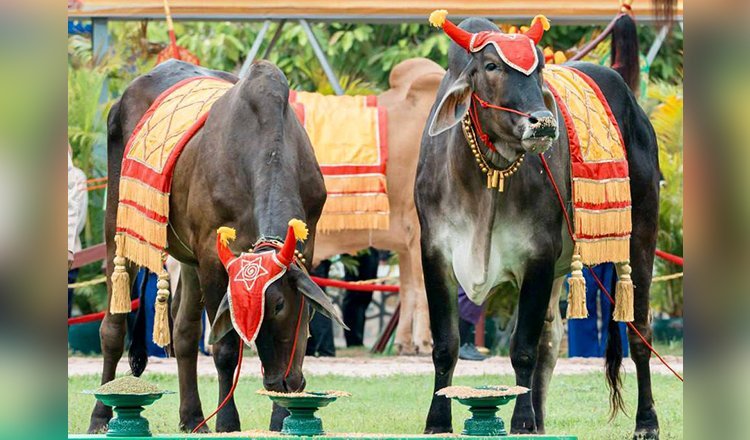

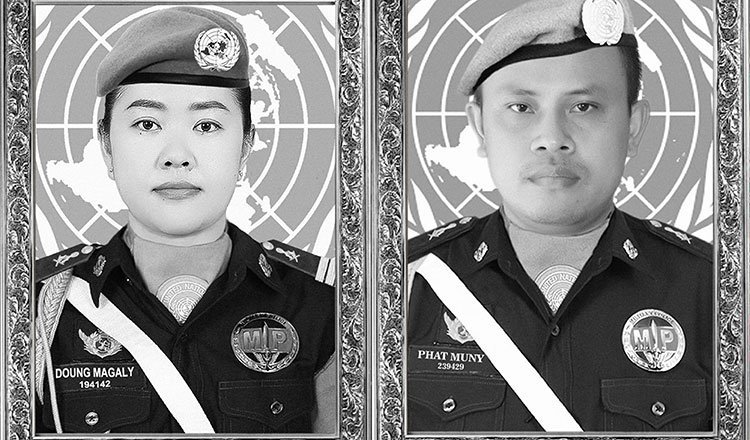

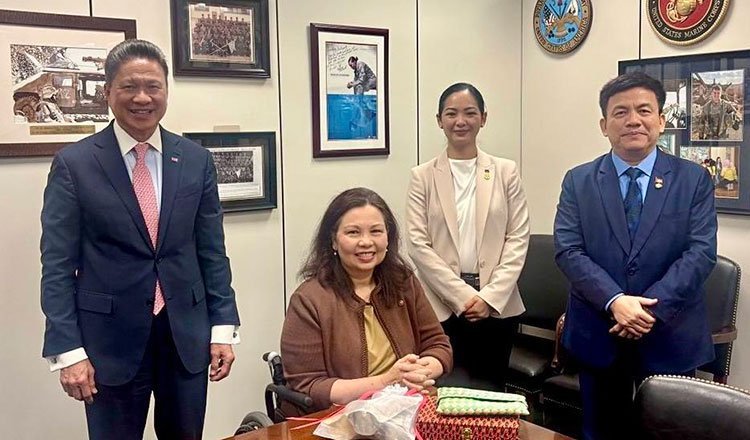

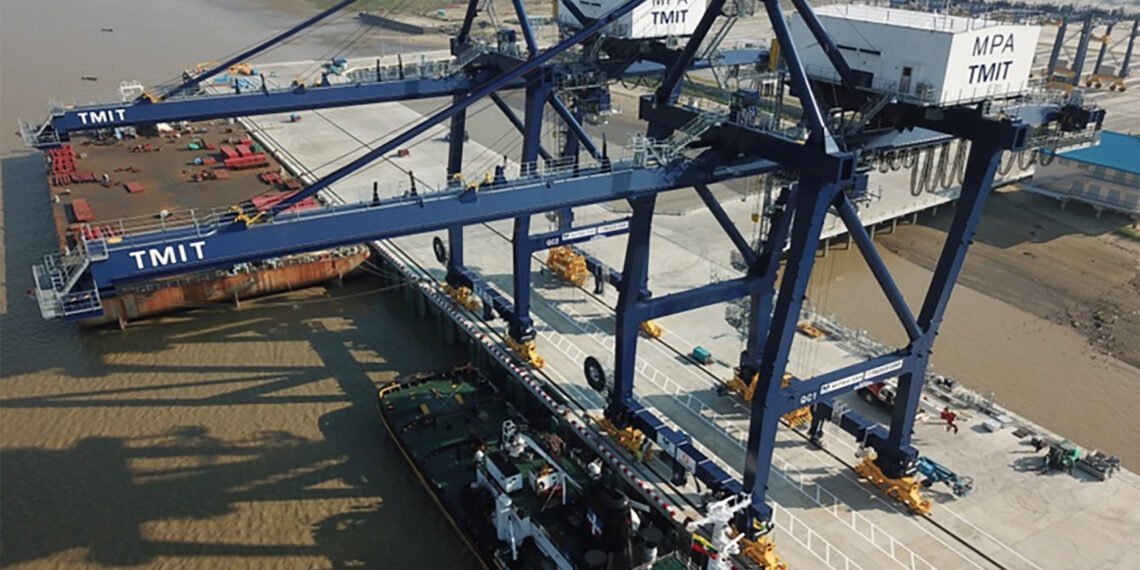

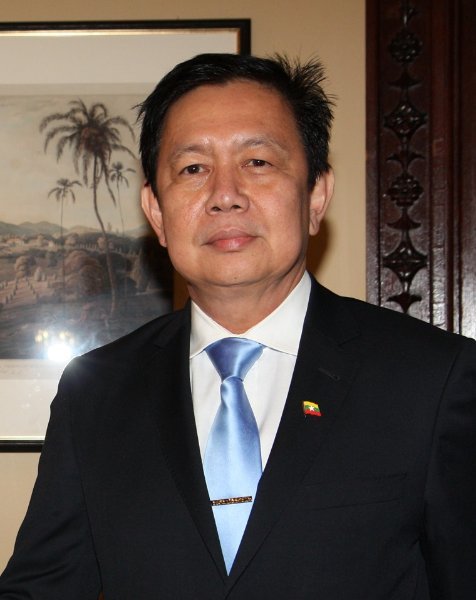

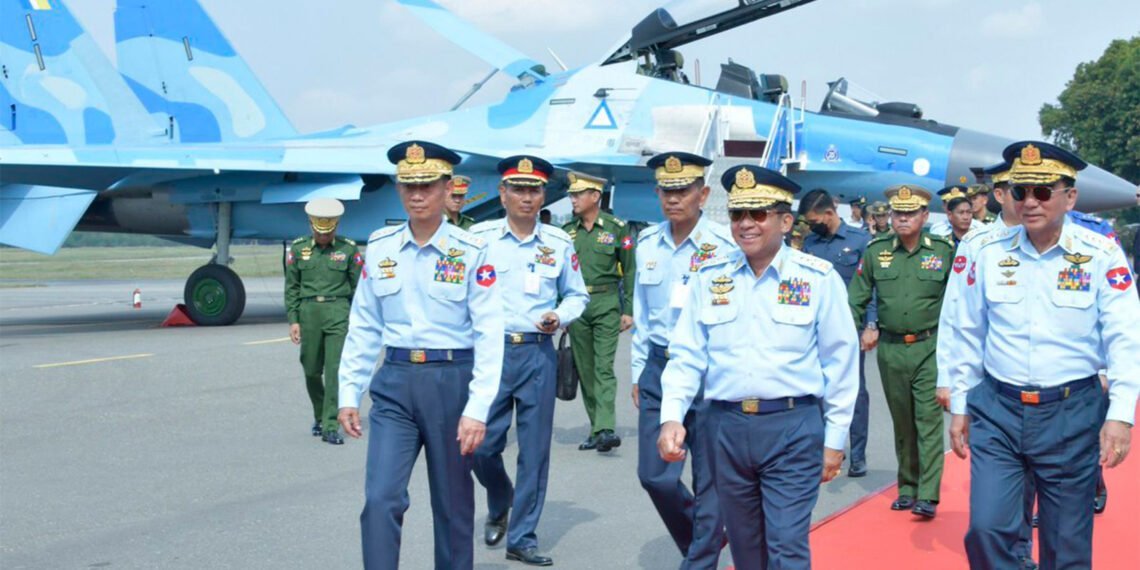

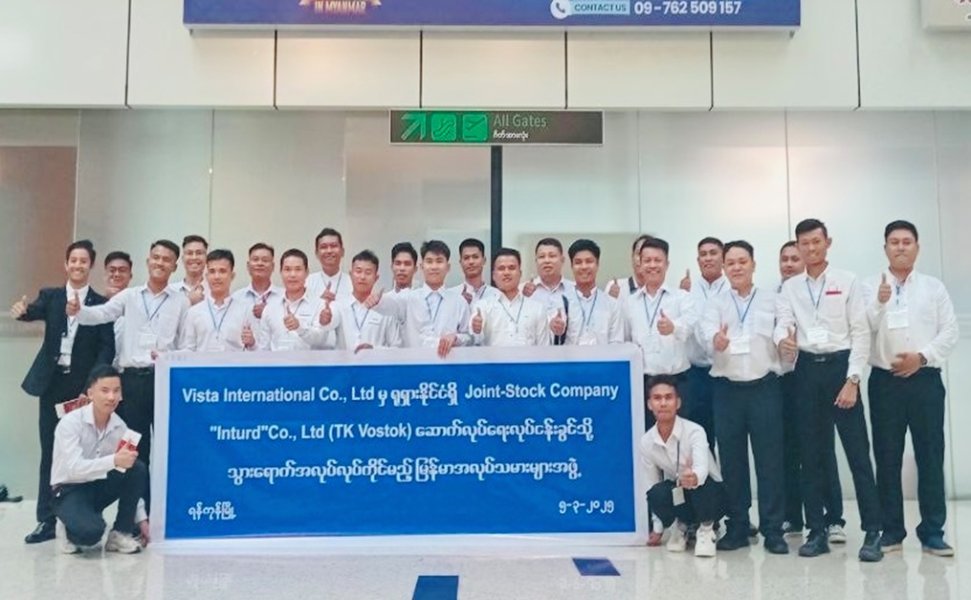

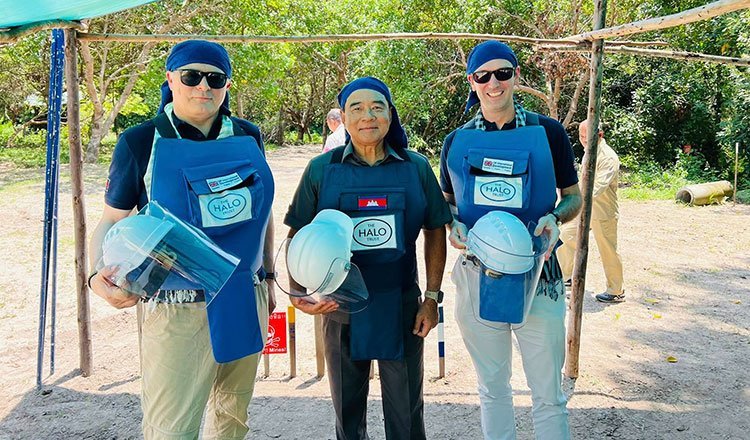

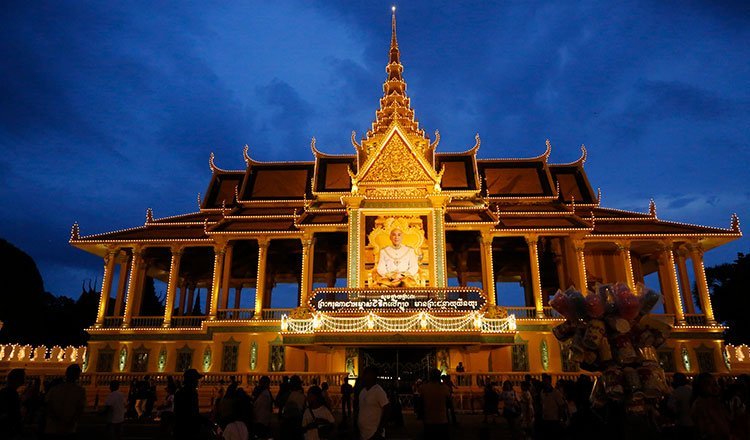

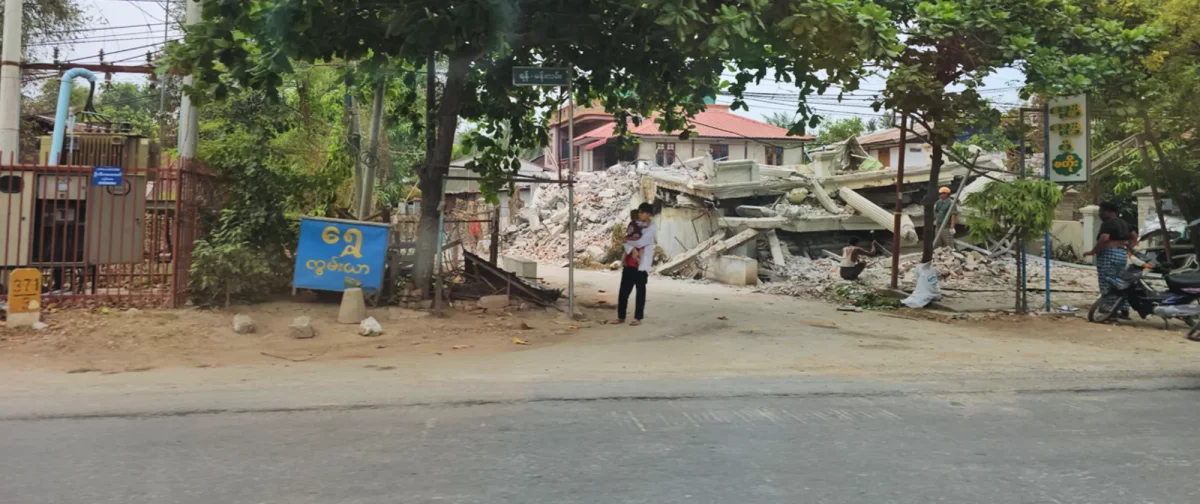

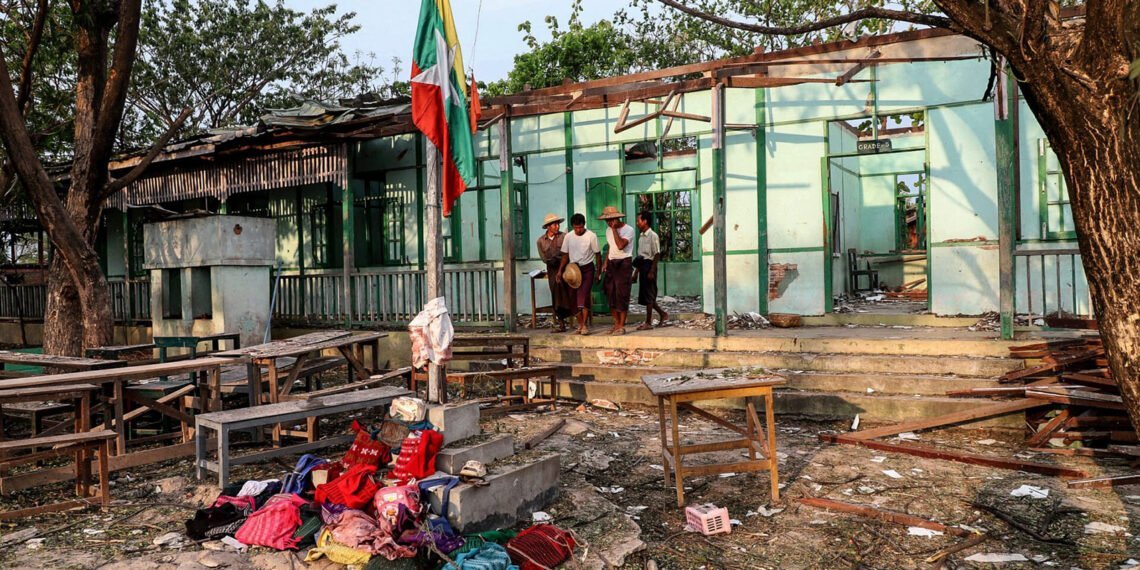

India Faces Backlash Over Killing of Myanmar Fighters at Border
in Myanmar News
Posted
PTI
Tensions are rising along the India–Myanmar border after ten Myanmar resistance fighters were killed by Indian paramilitary forces in Manipur last week — a move that’s sparked outrage across the border and raised questions about cross-border rules of engagement.
India’s government has labelled the deceased as “armed extremists” involved in insurgent activity, claiming the Assam Rifles — a paramilitary unit under the Indian Army — acted in self-defence after being fired upon near New Samtal village in Manipur’s restive Chandel district.
But sources in Myanmar tell a different story. The men, they say, were members of the People’s Defense Team (PDT) from Tamu Township in Sagaing Region — part of the resistance movement fighting Myanmar’s military junta. According to residents, Indian forces fired across the border after spotting a PDT outpost visible from Indian territory.
“They’d never crossed into India,” said one fighter. “The killings happened on Myanmar soil. They were resistance fighters, not criminals.”
Photos shared by Myanmar sources allegedly show the bodies wrapped in tarpaulin, bearing gunshot wounds and facial injuries. The Indian military confirmed the recovery of weapons — including AK-47s, an M4 rifle, and a grenade launcher — but has not released the names or nationalities of the dead.
The bodies were handed over to Myanmar resistance fighters on 16 May. In response, the country’s parallel National Unity Government (NUG), which opposes the junta, said it was seeking clarification from Indian authorities and urged an investigation.
“This incident has shocked many,” said a PDT member. “India is a democracy. It should not side with a military dictatorship.”
The killings have stirred ethnic and political tensions in the region, where clashes between Myanmar resistance forces and junta troops — including ethnic Shanni and Meitei units — have intensified in recent months.
India, which has long walked a diplomatic tightrope with Myanmar, now finds itself in a precarious position — accused of violating sovereignty, and potentially undermining its image as a democratic ally in the region. Whether this incident will escalate or be quietly buried remains to be seen.
-2025-05-21